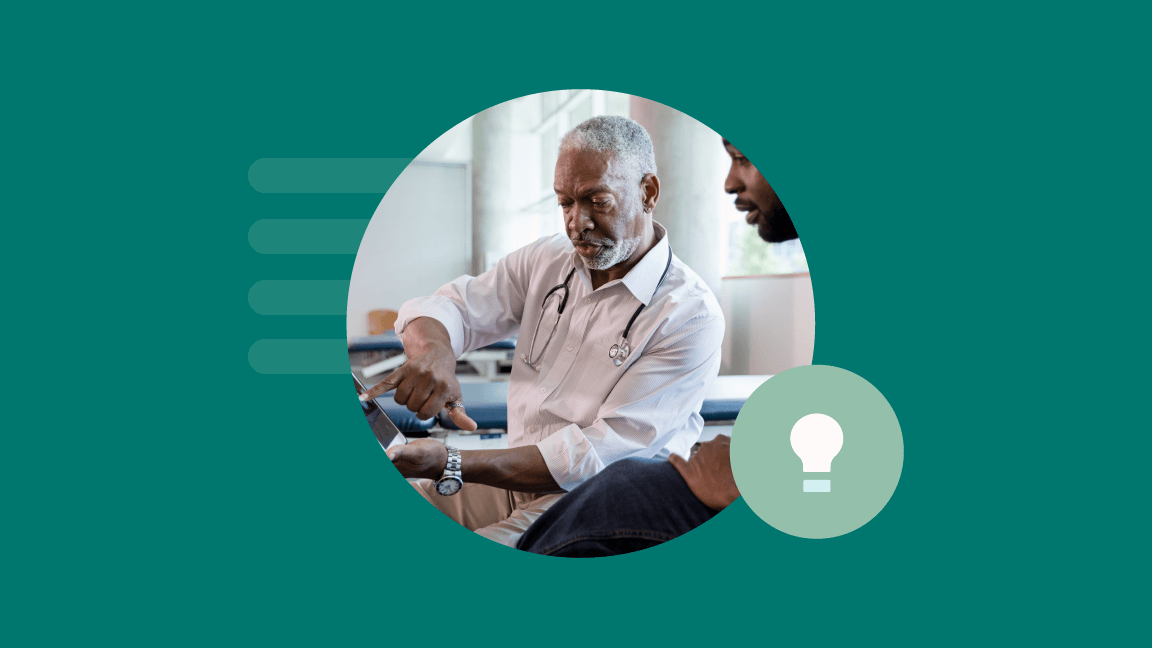Here is a summary of the programs that have been recently announced. Please review the original websites or consult your advisor to make sure which programs are appropriate for your practice.
Economic Injury Disaster Loan Advance (“EIDL”)
The SBA is now offering immediate advances of up to $10,000. This advance will provide economic relief to businesses that are currently experiencing a temporary loss of revenue. Funds will be made available as part of their new application process for the Economic Injury Disaster Loan (EIDL). This loan advance will not have to be repaid.
An additional $10 billion was allotted through the CARES Act to pay SBA EIDL applicants an advance on their loans. With best guesses for the SBA processing time ranging from 90 days to several months, this is a response to how slowly the SBA has been able to process these applications. This injection aims to help small businesses bridge the critical time spent waiting for a final decision on their loan.
This is not a flat $10,000 grant to all applicants. $10,000 is simply the maximum you could possibly receive. There is no definite guidance. The amount could be calculated based on employees or a percentage of the total amount you will receive with your loan, but there has been no official word from the SBA to date.
It’s as simple as ticking a box in your application. This grant is not included by default but must be officially requested. On the current SBA applications, check the box indicating that you would like to be considered for the up to $10,000 advance, and then fill in your banking information for a direct deposit.
Paycheck Protection Program (“PPP”)
The Paycheck Protection Program is a loan program that originated from the Coronavirus Aid, Relief, and Economic Security (CARES) Act. This is a nearly $350-billion program intended to provide American small businesses with eight weeks of cash-flow assistance through 100 percent federally guaranteed loans. The loans are backed by the Small Business Administration (SBA).
All small businesses are eligible for a loan. The loan has a maturity rate of 2 years and an interest rate of 1% with no need to make loan payments for the first six months. No collateral or personal guarantees required and there are no fees.
The loan covers expenses for eight weeks starting from the loan origination date (if the obligations began before February 15, 2020) and the loan can be forgiven and essentially turn into a non-taxable grant.
At least 75 percent of the PPP loan is supposed to be used to fund payroll and employee benefits costs. The remaining 25 percent can be spent on mortgage interest payments, rent and lease payments and utilities. If you stick to these guidelines, you’ll be able to have 100% of the loan forgiven (effectively turning it into a tax-free grant).
Payroll costs under the PPP program include salary, wages, commissions, or tips (capped at $100,000 on an annualized basis for each employee), employee benefits including costs for vacation, parental, family, medical, or sick leave allowance for separation or dismissal; payments required for the provisions of group health care benefits including insurance premiums; and payment of any retirement benefit and State and local taxes assessed on compensation.
In other words, most payroll costs are covered. However, the following scenarios are not covered:
- Payments made to independent contractors, S corps and C corps owners who aren’t on payroll (shareholders distributions don’t count as payroll under this program), and the $100,000 salary cap.
- The maximum amount you can receive from your SBA-approved lender (probably your bank relationship) is your monthly average payroll cost in 2019, multiplied by 2.5, up to a maximum of $10 million. The SBA itself doesn’t lend you the money, they just “back” the loan that the lender provides.
Work Share
Work Share provides an alternative for employers and workers
who may be facing the prospect of a lay off situation. With Work Share, instead
of reducing staff, an employer reduces the hours of work for a group of
workers. Partial Unemployment Insurance benefits are then paid to supplement
workers’ reduced wages.
Your employer must apply for the program by sending in a written plan to the State Employment Department. Unlike Unemployment insurance, Employees cannot apply for Work Share. The employer must select three or more employees with reduced work hours to participate in a Work Share program. Your employer must state that your work hours and wages will be cut by at least 20%, but no more than 40% per week, and that your normal work week is 40 hours or less.
To qualify, each employee must have worked full-time for six months, or part-time for 12 months just before the employer’s Work Share plan was submitted. Weekly claims are submitted by the employer
CMS Payments to Medicare Providers
CMS (“Centers for Medicare and Medicaid Services”) is sending $30 billion to all Medicare-reimbursed health care organizations, with funding coming from the recently established Public Health and Social Services Emergency Fund under the CARES Act.
CMS plans to distribute the money via direct deposit, basing payments on 2019 Medicare revenue. The expectation is that these are grants, not loans, and will not need to be repaid.
The money is being distributed immediately—with payments arriving via direct deposit that began April 10, 2020—to eligible providers. An email with the subject line “CARES Act Provider Relief Fund: Action Required” was sent on behalf of HHS (“US Department of Health and Human Services”) to eligible providers.
All facilities and providers that received Medicare fee-for-service (FFS) reimbursements in 2019 are eligible for this initial rapid distribution. All relief payments are made to the billing organization according to its Taxpayer Identification Number (TIN).
A provider can estimate their payment by multiplying your 2019 Medicare FFS (not including Medicare Advantage) payments by 6.2 percent.
Main Street Loan Program
The Main Street Lending Program includes relief to mid-sized businesses who were too large to participate in the Paycheck Protection Program (the “PPP”).
The Main Street Lending Program offers four-year unsecured loans to companies employing up to 10,000 workers or with revenues of less than $2.5 billion.
Loan size ranges from a minimum of $1 million to a maximum of $25 million or four times 2019 EBITDA (when aggregated with the borrower’s existing outstanding and committed but undrawn debt). Principal and interest on the loans are deferred for one year. Loans may be made by banks, bank holding companies and savings and loan holding companies, and can be made through new or existing facilities. Under the program, the lenders would retain 5% of a loan and sell the remaining 95% to the Main Street facility. Small businesses that have PPP loans may also take out Main Street loans. A borrower would also be required to make a series of attestations which include that it will make reasonable efforts to maintain payroll and retain workers; the proceeds will not be used to repay or refinance pre-existing loans or other debt; not cancel or reduce any of its outstanding lines of credit; and it requires financing as a result of the COVID-19 pandemic.
Accelerated and Advance Payments Program
CMS has expanded the Accelerated/Advance Payment Program to most Medicare providers during the public health emergency. This program is intended to help with revenue shortfalls due to a disruption in claims submission and/or claims processing. Most eligible Part B providers may complete a request for up to 100% of their estimated Medicare payment amount over a three-month period, based on their 2019 Medicare payments. After 120 days, Medicare contractors will begin to recoup the advance payments from current claims.
For details about advance payment application and recoupment process for your practice, contact your local MAC.



Comments